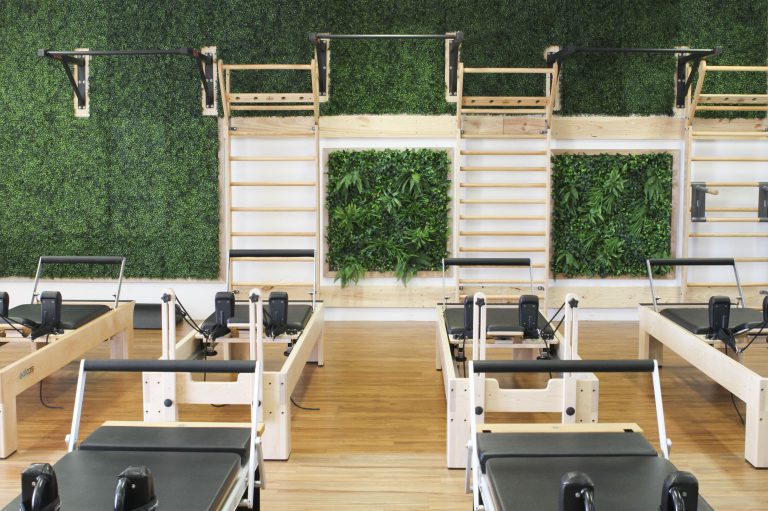Shoulder complaints are a very common complaint making up 1.5% of primary care visits and with up to a 70% chance of symptoms during our lifetime.
Shoulder pain can be caused by any number of conditions, including rotator cuff tendinopathy or tears, bursitis, referred pain from the neck, frozen shoulder as well as post traumatic injuries amongst others.
Imaging can be useful but is not the be all and end all. For example, findings on ultrasound such as tendon tears and bursitis are often held up as a diagnosis and cause of someone’s pain. In one study however, 96% of people without shoulder symptoms were found to have these “abnormalities”, as well as many others, on imaging.
Surgery is a common treatment for shoulder pain but did you know that for many of the conditions listed above, physiotherapy has been shown to improve pain and function more effectively, quicker and cheaper than surgery!
Here are 5 exercises to help get you on your way but if your pain persists, a visit to our physiotherapy team at Ellenbrook Physiotherapy will help to determine the cause of your pain as well as give you expert advice on the available treatment options.
1. Side-lying external rotation
Lie on the nonpainful side. Have a small pillow between the upper arm and body. Keep the elbow of the upper arm bent to 90° and fixed to the pillow, raise the arm as far as you can towards the back of the hand. Slowly lower to starting position and repeat until the shoulder muscles get tired or a little sore. Start by lifting just the weight of the arm and progress to holding a small weight as the exercise gets easier.

2. Prone horizontal abduction
Lie face down on the edge of your bed with the painful arm hanging straight to the floor. With the thumb pointed towards the ceiling, raise the arm out to the side until it is parallel to the floor. Slowly lower your arm and repeat until the shoulder muscles get tired or a little sore. Start by lifting just the weight of the arm and progress to holding a small weight as the exercise gets easier.

3. 90/90 external rotation
Lie face down on the edge of your bed. Bring your arm away from your side until the elbow is level with the shoulder and parallel to the floor. The upper arm (from shoulder to elbow) can be supported on the bed or it can be over the edge, depending on how difficult you find the exercise. Bend the elbow to 90°. Keep the shoulder and elbow fixed and rotate the arm towards the back of the hand until the forearm is horizontal. Slowly lower to starting position and repeat until the shoulder muscles get tired or a little sore. Start by lifting just the weight of the arm and progress to holding a small weight as the exercise gets easier..

4. Weight bearing in 4 point kneeling
Kneeling on your hands and knees, practice taking the weight of your body forwards, backwards and side to side, varying which limb is taking most of the weight. This helps centre the ball within the socket of the shoulder and teach the muscles how to behave to support it there.

5. Sleeper stretch
This is a useful stretch if the back of the shoulder feels tight or you are struggling with some movements due to stiffness rather than pain.
Lying on the symptomatic side, bring the elbow up until it is level with the shoulder. Start with the forearm and hand pointing vertically towards the ceiling.Use the other arm to gently push the arm towards the bed / floor, until you feel a stretch in the back of the shoulder. Hold the stretch for 30-60 seconds at a time.

Andy Leggett
Physiotherapy


